There is also a wooden Catholic church, where a canoe hangs above the pews; dory fishing boats and trawler traps; a shipwreck at the entrance to the village. Always, the sense is the locals are anchored to the sea.
The ferry slipped back into Saint-Pierre as late Friday afternoon turned to evening. I disembarked and ate at Le Bar à Quai, tucked away in an oceanfront precinct full to the gunwales with bistros and bars. With everybody outside smoking, flirting or killing time, the restaurant was near-empty and its hints of maritime life – half-spooled ropes, a painting of a lighthouse, a fishing net loose on a staircase – felt fallen straight from the pages of Jules Verne novel.
The harbour was full of life, and so it was halibut and coquilles St Jacques for dinner with Chenin Blanc and crème brulée. By then, Agathe and her friends had appeared for a birthday party, and another bottle was opened. Next door, at Le Rustique, the patrons fell out onto the streets. The danger of eating and drinking too much felt like a threat in Saint-Pierre.
Another highlight was a morning’s hike around the Cap au Diable loop to Le Trépied at 207m. The views over the Atlantic seemed to carry me up to the island’s highest summit, past ink-dark ponds and tufts of sweet gale, sheep laurel and wintergreen exploding with berries.
At one point, my hiking guide, Gilles Gloaguen of Escapade Insulaire, and I found ourselves pausing to look for white-tailed deer on a tranche of hillside. At the top, we had a bird’s-eye view of this entire French-speaking world to ourselves. The air had the smell of a blustery day at sea. “This is our Mont Blanc,” said Gilles, as we looked to Newfoundland in the near-distance. It felt so much farther away.


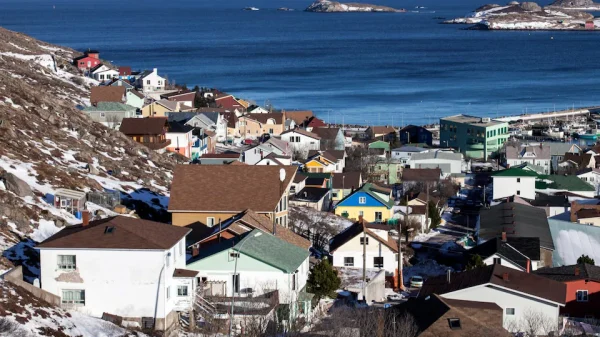








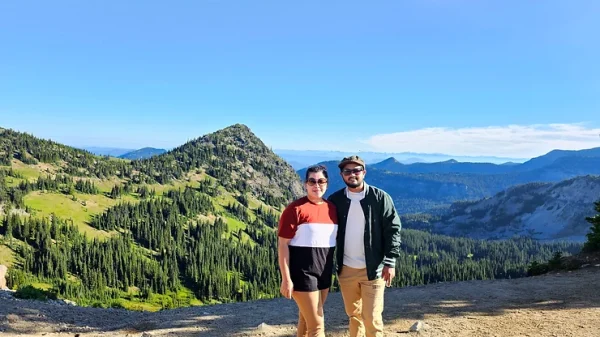
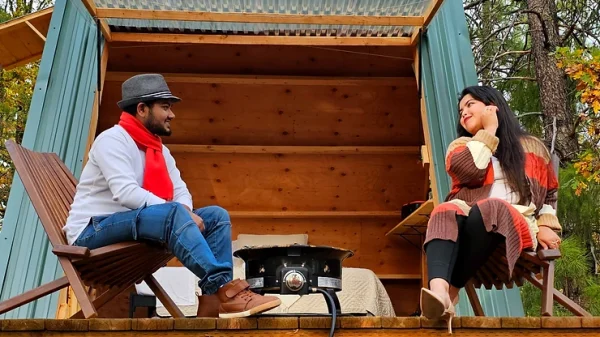


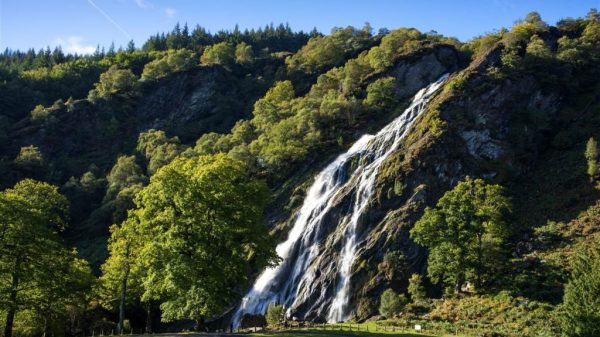
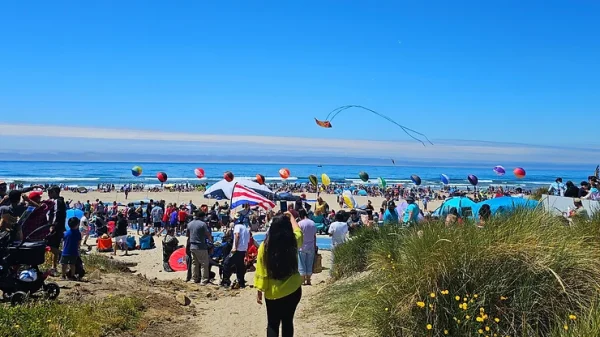


Leave a Reply